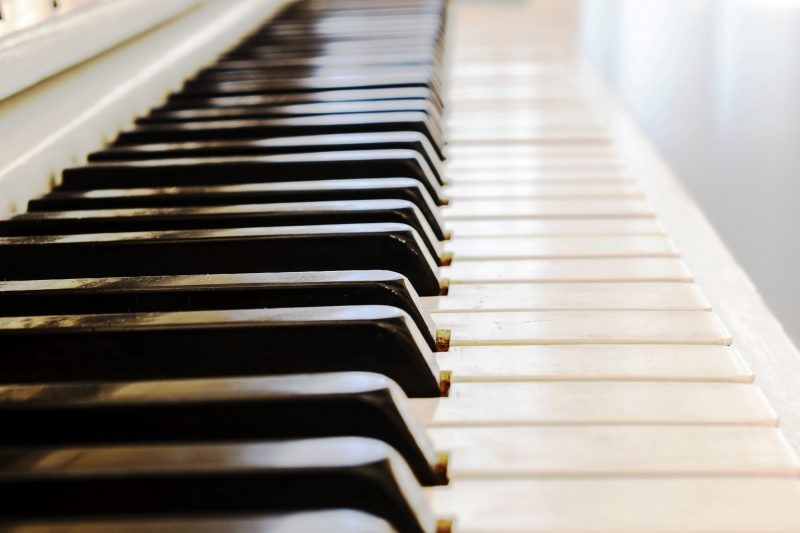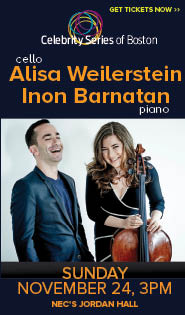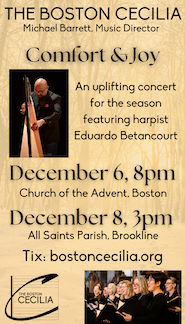Eighty-eight reasons to seek music online during the shutdown

CDs, YouTube, and online concerts continue to provide contact-free home delivery as music lovers shelter from the public-health crisis. Pianist and New York Classical Review regular David Wright navigates the keyboard currents in that broad stream.
Chopin: Ballade No. 1 in G minor, Op. 23. Yuja Wang, pianist (YouTube). youtube.com/watch?v=4l1bs5hlnYk
In October 2006, long before her artistic vision was nearly submerged in the media noise of fashion-obsession and sex-sells, the 19-year-old Yuja Wang gave a senior recital at the Curtis Institute of Music that included this transported (and transporting) performance of Chopin’s G-minor Ballade. From the suspenseful opening bars, the music flowed powerfully from theme to episode to dramatic reversals, and it seemed as though Chopin was playing the young pianist rather than the other way around. In these distressing times, there may be comfort in hearing a dark, tragic Chopin work redeemed by the emergence of an incandescent then-new talent.
Beethoven: Piano Concerto No. 2 in B-flat major, Op. 19. Paul Lewis, pianist, with the City of Birmingham Symphony Orchestra, Andris Nelsons conducting (YouTube). youtube.com/watch?v=MNEEYtp5l6g
Two more young artists on the way up had a close encounter in the BBC Proms of 2010, with a cycle of all five Beethoven piano concertos. The concerto that gets no respect, No. 2 in B flat of 1788-1801, was even dissed by the composer himself (“not among my best”), but that didn’t prevent Beethoven from fitting the elegant 18th-century piece with an incongruous first-movement cadenza eight years later, a blast from his heroic “middle period.”
As if the score’s stylistic contrasts weren’t puzzle enough, Nelsons’s swoopy leading on the podium might have been a strange match for Lewis’s crisp, rhythmic approach. Yet here as elsewhere, Nelsons is an attentive podium partner, and individual Birmingham musicians plainly love duetting with Lewis’s expressive phrases. The result is two movements of irresistible sparkle and charm surrounding a classic early-Beethoven Adagio, cantabile yet inward-looking.
Mozart: 16 Sonatas and Two Variations for Violin and Piano. Henryk Szeryng, violinist; Ingrid Haebler, pianist (Newton Classics). youtube.com/watch?v=hpdXJm4n1i4
A sense of deep, egoless immersion in the music made Szeryng a legendary exponent of Mozart and Bach. Haebler, still with us at 90, seemed divinely blessed with the sure touch and vital imagination to make Mozart’s piano music leap off the page. For his part, Mozart turned the “sonata for piano with optional violin accompaniment” into a partnership as inseparable as a string quartet, full of pleasures that reward many hearings. Tracing this development through the 16 great sonatas of the composer’s adult years, and adding the delicious variations K. 359 and K. 360 for good measure, the two eminent Mozarteans evoke shivers of delight and gasps at Wolfgang’s daring in virtually every track of these 4 CDs.
Mozart: Sonata in D major for Two Pianos, K. 448. Ingrid Haebler & Ludwig Hoffmann, pianists (Decca).
Allegro con spirito youtube.com/watch?v=qdqTuAIeno8
Andante youtube.com/watch?v=OCeiEVv8vCw
Allegro molto youtube.com/watch?v=nS8H_OG_JOI
Parting with Ingrid Haebler is hard to do, so here’s one more. Mozart composed this sonorous sonata to feature his prize pupil Josepha von Auernhammer on the first piano, with himself on the second. Playing seamlessly as one, Haebler and Ludwig Hoffman give a brilliant account of the sonata’s suave phrases, intimate dialogue, exuberant energy, and, in the opening Allegro con spirito, an exhilarating, Rossini-like crescendo. All that, plus the highest note in Mozart’s piano music—an F sharp playable (at the time) only on Fräulein von Auernhammer’s extended-range piano.
Bach: “Goldberg” Variations, BWV 988. Peter Serkin, pianist (92nd Street Y). 92y.org/archives/peter-serkin
Before his death at 72 in February, this forever-youthful piano seeker roamed the country in search of fresh, attentive audiences and challenging projects. However, he did give a rare New York solo recital at the 92nd Street Y on December 1, 2018—his last in the city, as it turned out—consisting of two Mozart works (Adagio in B minor, K. 540, and Sonata in B-flat major, K. 570) and the “Goldberg” Variations. That event has joined the Y’s gradual rollout of archived performances and at-home concerts, mostly by pianists.
According to the posted schedule, Serkin performed the whole program—two Mozart works and “Goldberg”—in just an hour and a half. Judging from an October 2017 performance of this same program in Ridgewood, N.J. (youtube.com/watch?v=FEn8f08-BmI&feature=emb_logo) Serkin accomplished this not with fast tempos but by playing the Bach work mostly without repeats. As a result, his meditative, lapidary performance moved deliberately ahead without doubling back on itself until the rapt return of the much-traveled Aria at the end. Something like that—perhaps with additional, late-in-the-day insights—can be expected from this valedictory recital.
Korngold: Violin Concerto. Leonidas Kavakos, violinist, with the Berlin Philharmonic conducted by Gustavo Dudamel. digitalconcerthall.com/en/concert/2885#
Closing the keyboard lid now. Erich Wolfgang Korngold’s peripatetic career took him from Vienna, where he was anointed a boy wonder by Mahler, to a productive 1930s exile as a leading Hollywood film composer, and back to Europe for a postwar career as a post-Strauss Romantic modernist. His first piece of that last era was the Violin Concerto, concocted from several of his big movie themes, cleverly combined and modernized.
Who better to render this mid-century hybrid than L.A.’s own Gustavo Dudamel and the protean, fearless violinist Leonidas Kavakos, whose lush melodies and blazing finale brought Berliners to their feet at this April 2012 concert?
The performance is included among the vast Berlin Philharmonic archive of well-organized and -indexed videos and interviews (in English, or subtitled) and available via a free, no-obligation seven-day trial subscription—quite a potential binge, if one puts one’s mind to it.
Or, one can register with the site, then buy “tickets” at will for 7 days (10 euros, about $11), 30 days (20 euros) or a full year (150 euros). It seems like a bargain for these deftly-directed, almost-like-being-there HD videos.
Posted in Performances


